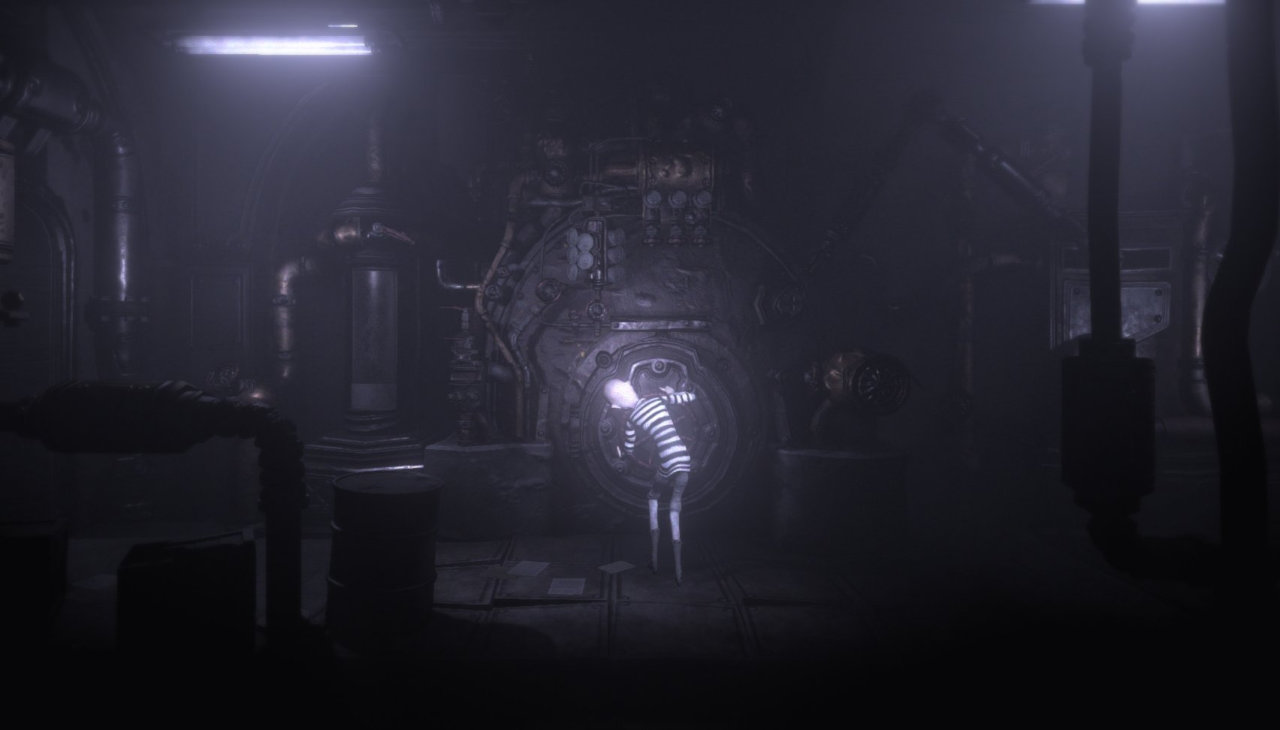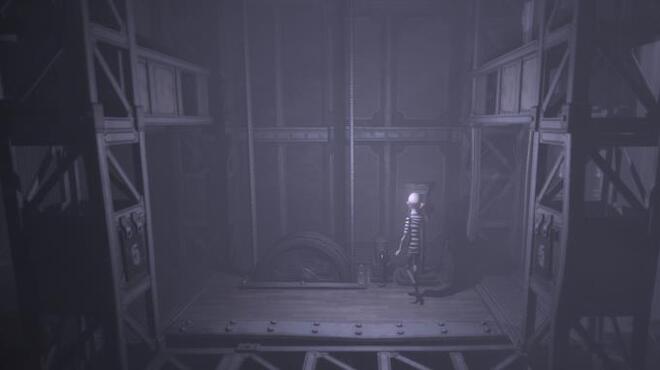
What HDMI 2.1 capabilities on both consoles also mean though is that with a compatible TV, you will be able to make the most of 120fps gaming at 4K, VRR (variable refresh rate to improve smoothness), and ALLM (auto low latency mode). Cheeky, eh? Instead, both consoles are concentrating on 4K at 60fps and even 120fps in certain games, so there’s no need to worry about getting yourself an 8K TV just yet. Both Sony and Microsoft have thrown around 8K gaming as a concept but currently, the only thing that can handle these resolutions is their HDMI 2.1 port. And frankly, it's not how many teraFLOPs you have that matter - it's how you use them.īoth consoles natively support 4K resolutions at 60 frames-per-second, but don’t listen to those cries of 8K resolutions just yet. Games on both platforms are limited by the lowest common denominator, after all, so even if they're slightly prettier on Xbox, there won't be a tremendous gap. but isn't likely to trot it out much beyond exclusives. As for graphics, the Series X has the lion's share of power thanks to those two extra teraFLOPs. To begin with, there's only a tiny gap between the two CPUs in power (particularly because the Series X only manages 3.6GHz with simultaneous multithreading to improve efficiency). Things are much more complicated when you dig a little deeper.

Specifically, the Xbox Series X seems to edge into the lead with each.

So, let's address the elephant in the room: on paper, there's a big difference between the two consoles regarding CPU, GPU, and SSD storage.

Is PS5 more powerful than Xbox Series X, or vice-versa? Improved loading times mean you won’t be waiting that long anyway though but it’s a nice touch from Microsoft. The PS5 on the other hand will let you straight back into the game you were playing but if you try another one, you’ll have a full restart of the original, even if you use the Switcher in the Home menu.

The Xbox can store up to three save slots like this so you will be right back into the game without a reboot, even if you have changed games. This also means that the Xbox Series X has what’s called Quick Resume, a feature that means not only is the console instant on but you can choose your game and be immediately where you left off, even if you have played another game in the interim. This allows for much quicker loading, and it's a real game-changer. The consoles' SSD ('solid state drive') is equally important. Both Sony and Microsoft have opted to pair once again with tech-company AMD on this front. Basically, the CPU and GPU need to work in harmony for the next-gen consoles to achieve more realistic visuals and the likes of ray-tracing.


 0 kommentar(er)
0 kommentar(er)
